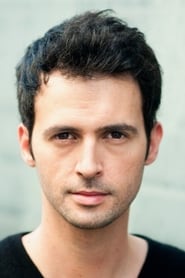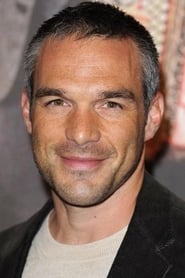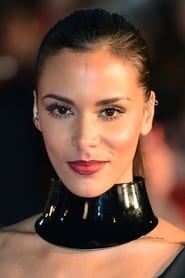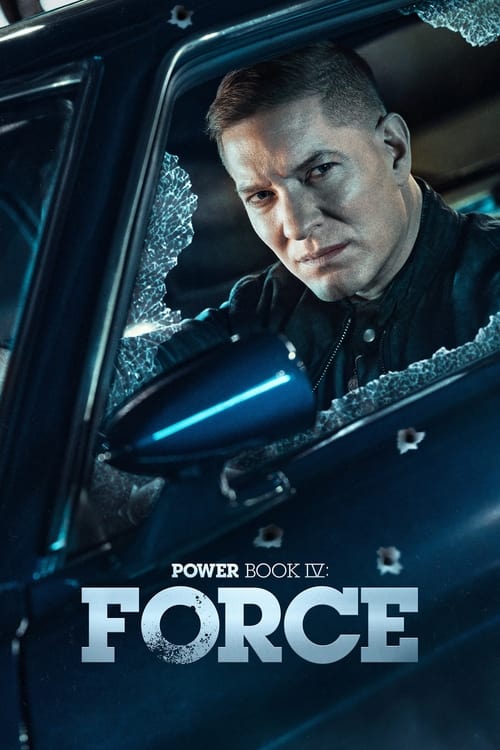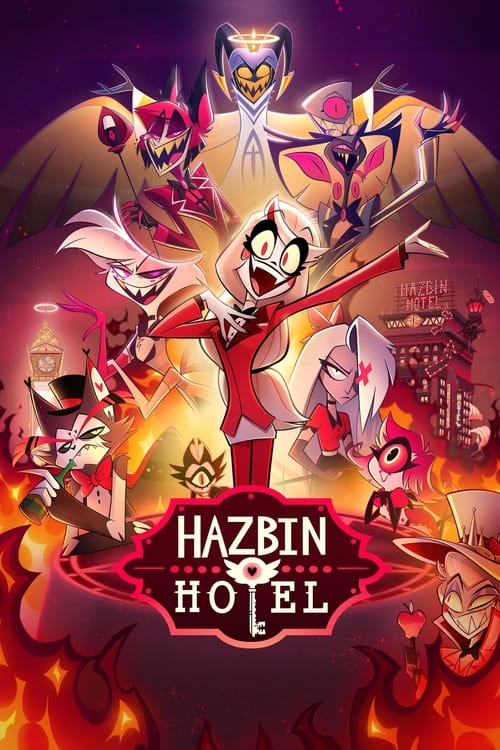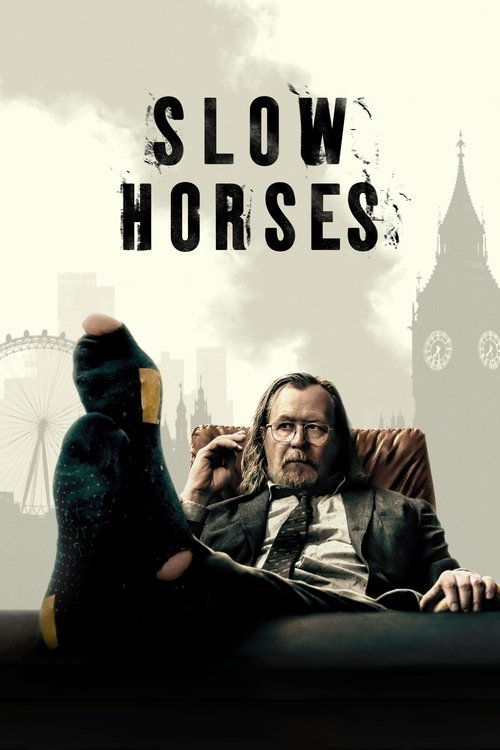
Ask Your Own Question
What is the plot?
In "Episode 9" of "Profiling Paris," the episode opens with the team receiving a call about a murder that has taken place in a high-end fashion boutique in Paris. The victim, a well-known designer, is found dead in the back room, and the scene is chaotic with the police already on-site. The team, led by Captain Rocher, arrives to assess the situation. They quickly gather initial evidence, noting the lack of forced entry, which suggests that the killer was someone the victim knew.
As they investigate the boutique, they interview the staff and discover that the designer had been receiving threats from a rival designer who was envious of her success. The team splits up to follow different leads. One group heads to the rival designer's studio to confront her, while another group looks into the victim's personal life, searching for any potential enemies or disgruntled associates.
At the rival designer's studio, the team finds her in a heated discussion with her assistant. The rival designer vehemently denies any involvement in the murder, claiming she was at a charity event at the time of the killing. The team takes note of her alibi but remains suspicious, especially after discovering that she had a public feud with the victim just days before the murder.
Meanwhile, the other team uncovers that the victim had a complicated relationship with her business partner, who had been struggling financially. They interview the partner, who appears distraught but defensive. He reveals that the victim had recently decided to cut him out of the business, which would have left him in a dire situation. The team senses his desperation and begins to consider him a potential suspect.
As the investigation deepens, the team discovers a hidden camera in the boutique that captured the moments leading up to the murder. They review the footage and see a shadowy figure entering the back room shortly before the murder occurred. The figure is not clearly identifiable, but the team notes the distinctive clothing style, which matches that of the rival designer.
With this new evidence, the team confronts the rival designer again, presenting the footage. She becomes agitated and insists that it must be a setup. However, the team is not convinced and decides to dig deeper into her alibi. They find out that the charity event she claimed to attend was poorly attended, and several guests do not remember seeing her there.
In a pivotal moment, the team receives a tip-off about a possible witness who was in the area at the time of the murder. They track down the witness, who reveals that they saw someone leaving the boutique shortly after the murder occurred. The witness describes the person as wearing a distinctive jacket, which matches the rival designer's style.
Armed with this new information, the team sets up a sting operation to catch the rival designer. They arrange for a fake fashion event, knowing she will likely attend. When she arrives, they confront her with the evidence, and under pressure, she finally breaks down and confesses to hiring someone to scare the victim, but insists she did not intend for it to lead to murder.
The episode culminates in a tense confrontation where the rival designer's assistant, who had been in on the plan, reveals that he was the one who actually committed the murder in a fit of rage after the victim threatened to expose their scheme. The team apprehends him, and the episode ends with the team reflecting on the complexities of ambition and rivalry in the fashion world, as they close the case.
What is the ending?
In the ending of "Profiling Paris," Season 7, Episode 9, the team successfully resolves the case they have been investigating. They uncover the truth behind a series of mysterious events, leading to a confrontation with the antagonist. The episode concludes with the team reflecting on their experiences, solidifying their bond and commitment to their work.
As the episode draws to a close, the tension in the air is palpable. The team gathers in their office, the dim light casting shadows on their faces, each member visibly exhausted yet determined. They have been piecing together clues that have led them to a critical breakthrough. The atmosphere is thick with anticipation as they prepare to confront the individual responsible for the chaos that has unfolded.
Scene 1: The Confrontation The scene shifts to a dimly lit warehouse on the outskirts of Paris. The team, led by the resolute and focused lead investigator, approaches the location with caution. The sound of their footsteps echoes in the empty space, heightening the tension. As they enter, they find the antagonist waiting, a smirk on their face, confident in their ability to manipulate the situation. The lead investigator steps forward, confronting the antagonist with the evidence they have gathered. The dialogue is sharp, filled with tension as accusations fly back and forth. The antagonist attempts to deflect blame, but the team stands firm, united in their resolve.
Scene 2: The Resolution As the confrontation escalates, the antagonist makes a desperate move, attempting to escape. However, the team is prepared. A chase ensues through the warehouse, filled with narrow corridors and obstacles. The camera captures the urgency of the moment, the team working in sync to corner the antagonist. Finally, they manage to apprehend them, the antagonist's bravado crumbling as they realize they are outmatched. The lead investigator stands over them, a mix of relief and triumph washing over their face as they secure the handcuffs around the antagonist's wrists.
Scene 3: Reflection and Bonding The scene transitions back to the office, where the team gathers around a table, the weight of the case lifting from their shoulders. They share a moment of camaraderie, laughter breaking the tension that had built up throughout the investigation. Each member reflects on their personal growth during the case, acknowledging the challenges they faced and how they overcame them together. The lead investigator expresses gratitude for the team's dedication, reinforcing the bond that has been strengthened through adversity.
Scene 4: Looking Ahead As the episode concludes, the camera pans out, capturing the team in a moment of unity. They discuss their next steps, the excitement of future cases ahead sparking a renewed sense of purpose. The lead investigator looks out the window, a determined expression on their face, symbolizing their commitment to justice and the protection of their city. The screen fades to black, leaving the audience with a sense of closure and anticipation for what lies ahead.
In the end, each main character finds a sense of fulfillment in their roles. The lead investigator emerges as a stronger leader, the team members grow closer, and the antagonist faces the consequences of their actions, highlighting the themes of justice and teamwork that resonate throughout the series.
Is there a post-credit scene?
In "Profiling Paris," season 7, episode 9, there is no post-credit scene. The episode concludes without any additional content after the credits roll. The focus remains on the main storyline and character developments throughout the episode, leaving no lingering scenes or teasers for future episodes.
Are there any significant character developments for the team members in this episode?
Yes, in Episode 9, several team members experience significant character development. For instance, the episode explores the growing camaraderie between Lise and her colleagues, as they support each other through the challenges of the case.
What clues do the investigators uncover that lead them closer to solving the case?
The investigators uncover a series of coded messages hidden within the art pieces, which point to the identity of the mastermind behind the thefts. These clues are crucial in piecing together the timeline of events and identifying the suspects.
What specific case does the team investigate in Episode 9?
In Episode 9 of Profiling Paris, the team investigates a series of murders linked to a high-profile art theft. The case unfolds as they delve into the world of art dealers and forgers, revealing a complex web of deceit.
How does the character of Captain Rocher contribute to the investigation in this episode?
Captain Rocher plays a pivotal role in the investigation by utilizing her keen intuition and experience. She leads the team in interviewing suspects and analyzing evidence, showcasing her leadership skills and determination to solve the case.
What emotional struggles does the character of Lise face in this episode?
In this episode, Lise grapples with feelings of inadequacy and self-doubt as she confronts the pressures of her role in the investigation. Her internal conflict is heightened by the stakes of the case, leading to moments of vulnerability.
Is this family friendly?
"Profiling Paris," particularly in Season 7, Episode 9, contains themes and scenes that may not be suitable for all audiences, especially children or sensitive viewers. Here are some potentially objectionable aspects:
-
Violence: The episode may include scenes depicting crime or violence, which could be unsettling for younger viewers.
-
Mature Themes: The narrative often explores complex emotional and psychological issues, including crime motives and personal trauma, which may be difficult for children to understand.
-
Intense Emotional Moments: Characters may experience distress, grief, or fear, which could be upsetting for sensitive viewers.
-
Crime-Related Content: Discussions or depictions of criminal activities, including murder or investigation processes, may not be appropriate for all ages.
These elements contribute to a more mature viewing experience, and parental discretion is advised.


